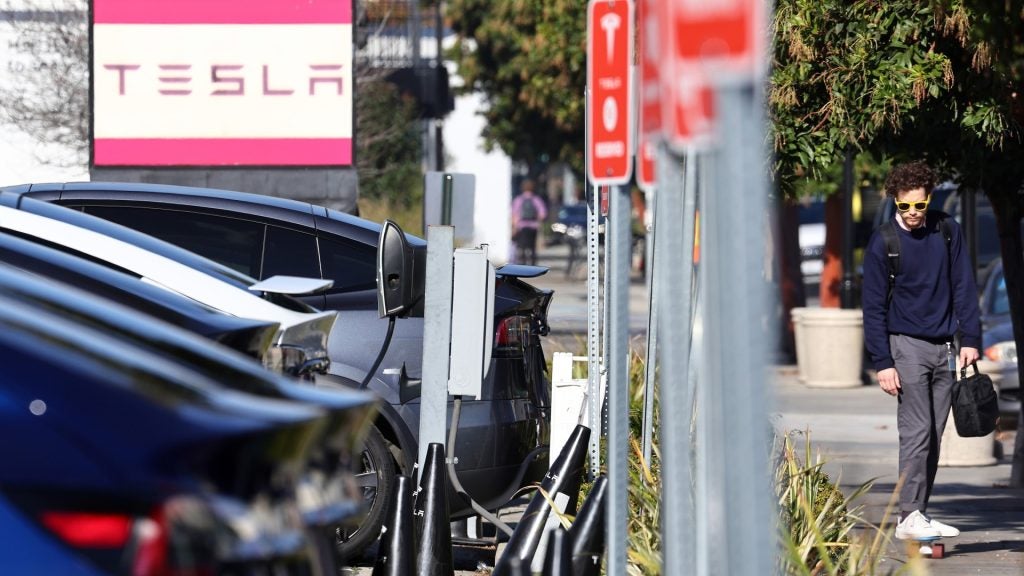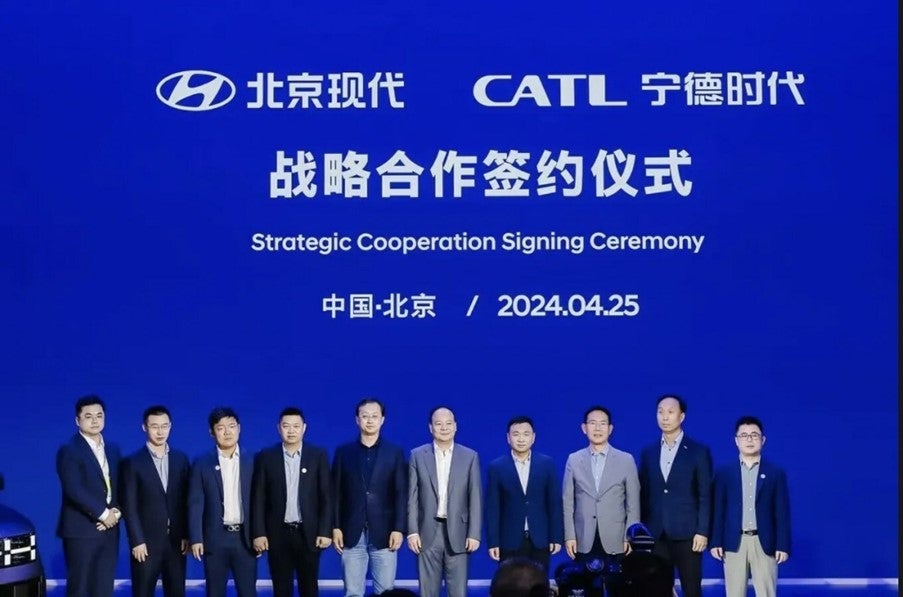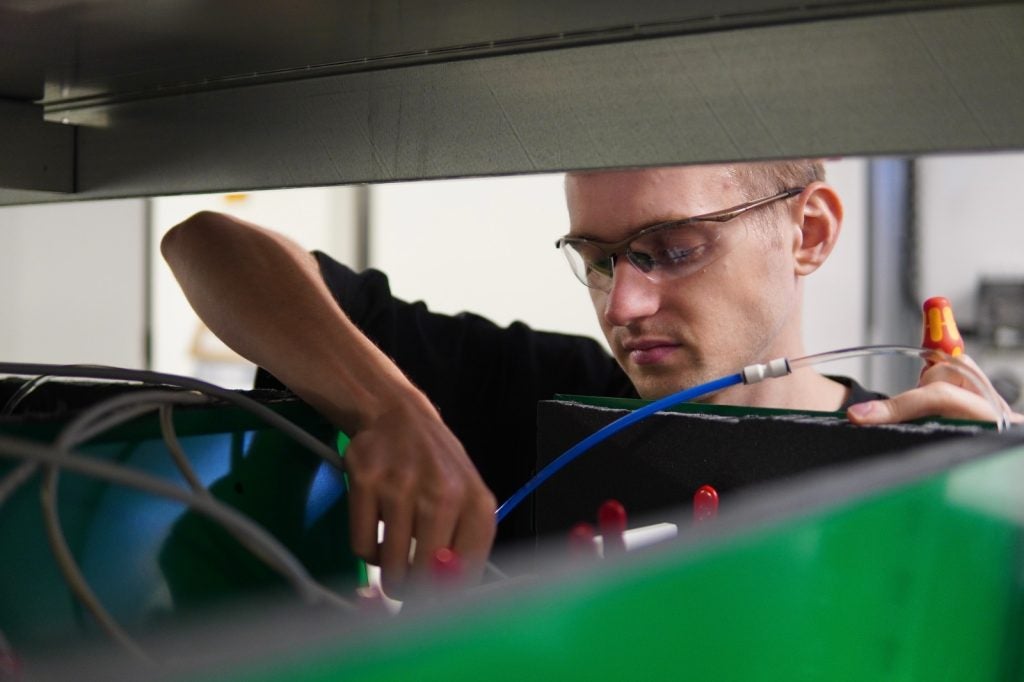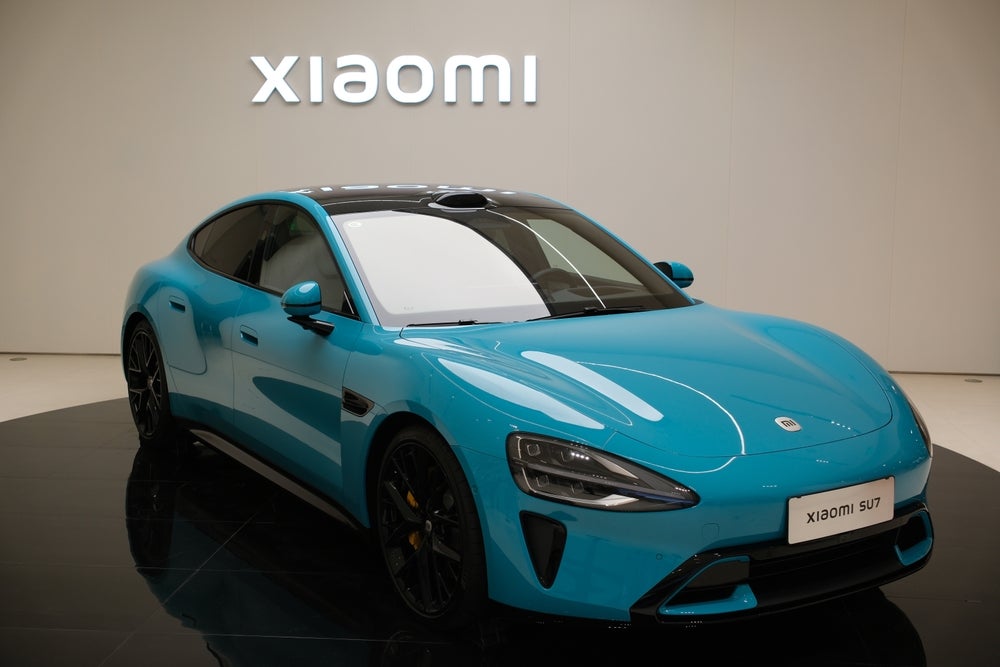Electric vehicles were one of the dominant features of this year’s Frankfurt motor show. But unlike in 2007, nearly all the ones that were on show this year were very real runners. As an engineer, the future excites Tony Butcher who started in the car industry as an apprentice, gaining an MSc in engineering business management, before joining Rover. He progressed through the ranks running major operations at Unipart and Benetton F1 before ending up at Prodrive in 1998.
The first thing that excites him about EVs is the design element – being able to throw away so much of the mechanical furniture that dictates how a car looks.
“You’ll need a wheel at each corner, but apart from that the possibilities are endless. There’s no prop shaft, no drive shafts, we can do away with the clutch and gearbox.
“This means you can have a very smooth underside of the car which will help the aerodynamics.” He describes a clamshell design as one very real possibility and, in a back-to-the-future moment, talks of the sort of designs seen as space age vehicles in comics like The Eagle.
“Star Trek also springs to mind as a source for inspiration,” he says.
How well do you really know your competitors?
Access the most comprehensive Company Profiles on the market, powered by GlobalData. Save hours of research. Gain competitive edge.

Thank you!
Your download email will arrive shortly
Not ready to buy yet? Download a free sample
We are confident about the unique quality of our Company Profiles. However, we want you to make the most beneficial decision for your business, so we offer a free sample that you can download by submitting the below form
By GlobalDataBy being able to take individual control of each corner of a vehicle – the wheel – engineers will be able to fine tune vehicles to cope with many different demands. Better turning circles can be achieved by slowing down the rate of rotation of the wheels on one side, is the first example.
“We could also put the weight where we want it which will be a big boost for ride and handling.”
Which brings him to another of Prodrive’s pet projects – niche vehicles. Or to be more precise, building UK-specific versions of performance cars.
As Butcher points out, few sports cars are developed specifically for Britain’s notorious road surfaces. Making a few inexpensive tweaks to the suspension will transform a car’s ride and handling.
Prodrive started developing limited edition specials with the Subaru Impreza, mainly because of the close links it had with the rally team.
Since then it has developed the Mazda RX-8 PZ. The GBP2,000 premium that customers paid included a driving day as part of the package. “It blows people’s minds when they learn how to get the most from the car,” said Butcher. The special editions also drive customers into showrooms and help build brand loyalty.
These limited edition models also do well in the used car market, becoming much sought after and holding their prices.
Developing global cars means that there has to be compromise by the VMs and producing low volume niche models is, generally, uneconomical for them or their importers.
Most recently, Prodrive has developed the S version of the Alfa Romeo Brera. The original Brera was criticised by the UK media for its ride quality on Britain’s roads.
The heart of the S is a suspension set-up that optimises the spring rate, ride height and damper tuning to achieve a ride/handling balance and steering response that work well on the often bumpy, mixed camber roads that are common in the UK.
“We wanted the vehicle to feel as if it shrinks around the driver. It should be nimble with lots of driver involvement on twisty roads, yet also provide refined motorway cruising and a composed ride over challenging British road surfaces,” said Butcher. “It’s the best of Britain and the best of Italy.”
Butcher believes that Prodrive’s approach makes economical sense on volumes from a few hundred to 5,000.
But, to return to the future, Butcher argues that the rush to lithium-ion batteries might not be the best way forward. Lithium is a finite resource like oil (world reserves of lithium are estimated at 10.74m tonnes) and while huge strides have been made in improving the efficiency of lithium-ion batteries, there is still plenty of research and effort going into improving the efficiency of lead-acid batteries.
To illustrate his point, Butcher borrows a colleague’s previous generation mobile phone and compares it to his current generation model. The battery of the older phone is as big as the whole of the newer phone.
He likens the dilemma to that faced by the entertainment industry in the 1970s. Should they back VHS or Betamax video? And we all know where that ended, despite the view of many that Betamax was a better system [it remained the format of choice for professional broadcasters – ed].
But the growth in electric vehicle engineering is adding another string to Prodrive’s increasingly powerful bow.
It has been the lead partner in a consortium claiming a breakthrough in DC-DC converter technology. The system addresses the spiralling costs of energy storage by substantially increasing the voltage available at the traction motors.
Butcher points out that electric vehicles and hybrids are progressing from 300v to 600v systems which creates a significant challenge because doubling the voltage with the same battery chemistry means doubling the number of cells, incurring massive cost, weight and packaging penalties.
To address this challenge, the consortium (which as well as Prodrive includes the University of Manchester, University of Newcastle, HILTech Developments, EVO-Electric, Sloan Electronics and International Transformers) has developed a new type of bi-directional DC-DC converter that gives a 600v output from a 380v source and maintains its output even when the source voltage drops to as little as 200v.
“DC-DC converters are widely used to drop battery pack voltage (eg 300v) down to vehicle system voltage (13.8v), but we believe this is the first time that a substantial step the other way has been possible from a realistically priced and packaged technology. With a unit that is a quarter the size of a conventional converter, we can eliminate 20% of the vehicle’s batteries, and possibly more.”
The move to higher voltages is the EV equivalent of engine downsizing: a technique that is increasingly important for the reduction of emissions from internal combustion engines. “It’s expensive and inefficient to carry around the huge battery pack that you only need for maximum motor speeds,” he says. “With our solution you don’t have to, yet maximum voltage is available whenever it is needed.”
The new converter brings additional benefits too. The voltage of batteries (and fuel cells and supercapacitors) can fluctuate with changing load, but the Prodrive converter always presents the full voltage required by the motor.
Perfect for fine tuning an EV’s on-road performance.
headlineauto







